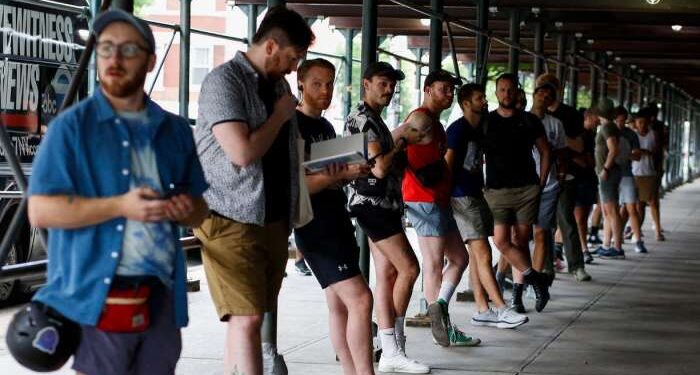The United States will likely end in late January the state of public health emergency declared last summer over the large number of mpox cases.
Over 29,000 people were infected in the outbreak. However, cases shrank in recent weeks, after an effective vaccination strategy.
The virus was initially known as monkeypox, but the WHO changed this name to mpox earlier this week, as it searched for a “neutral, non-discriminatory, and non-stigmatizing” name.
Mpox in the US is most common among men who had sex with infected men.
How did the US contain the virus?
The US struggle to contain the mpox outbreak started to recede in August, after the declaration of the public health emergency.
The White House tasked two top health officials, Robert Fenton and Dr. Demetre Daskalakis, with leading the response.
The new strategy centered around targeting local clinics and Pride events with the two-dose Jynneos vaccine.
The virus has killed 17 people to date in the US.
The Health and Human Services Secretary Xavier Becerra said on Friday that the department expected there will no need to renew the emergency declaration on January 31.
“But we won’t take our foot off the gas, we will continue to monitor the case trends closely and encourage all at-risk individuals to get a free vaccine,” Becerra said.
How serious is mpox?
In July, the WHO declared the worldwide mpox outbreak a Public Health Emergency of International Concern (PHEIC).
Typical mpox symptoms include a rash, headache, fever and chills, among others.
The WHO has urged gay and bisexual men to limit their number of sexual partners in order to prevent the spread of the disease.
Though endemic to Africa, mpox has spread to several parts of the world this year, claiming lives.




